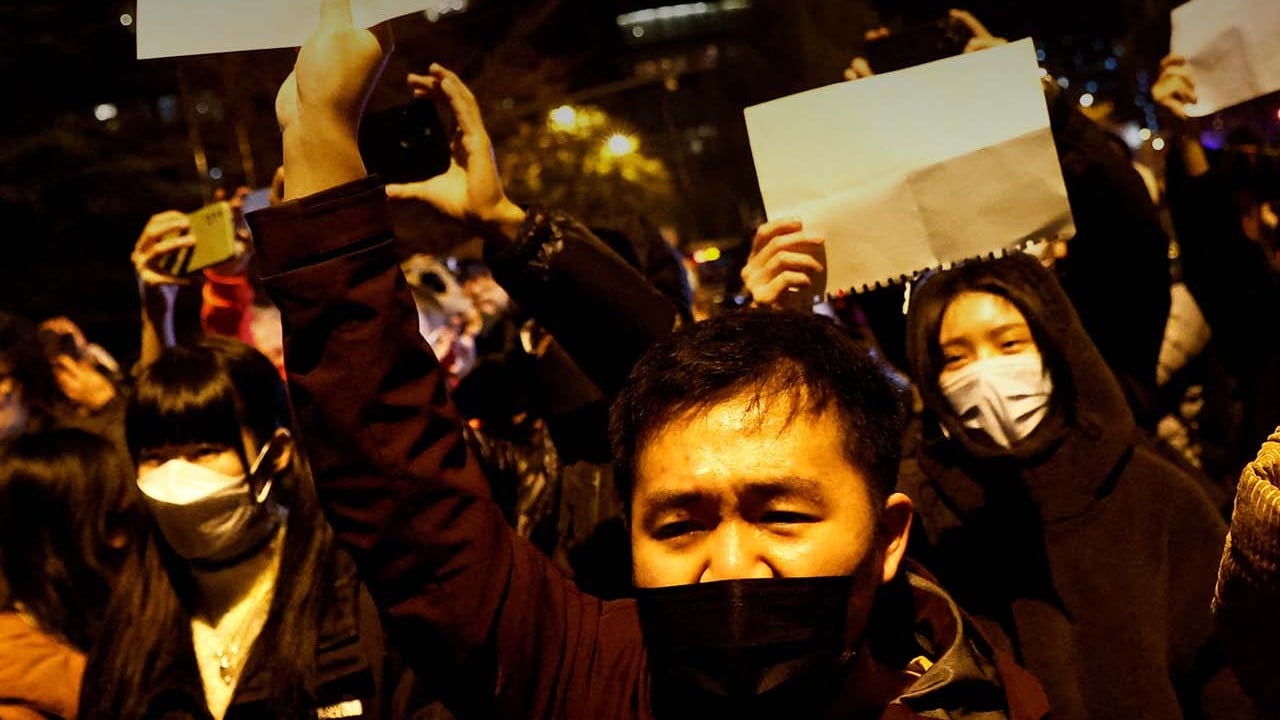How Covid-19 lockdowns in China’s Xinjiang region trapped millions for months on end
- Obtaining an official permit to leave Xinjiang involved navigating a long and Byzantine process
- All passenger train services leaving region were suspended in middle of ‘golden week’ holiday

All the people quoted in this story asked that their real names not be disclosed because they feared repercussions for speaking to the media. Those not identified as members of the Uygur ethnic minority are Han Chinese.
Lin, who worked in the southern province of Guangdong, flew to Xinjiang’s capital, Urumqi, on August 1 when the region was grappling with an outbreak of the Omicron variant of Covid-19. He travelled to Hami, where he was born and raised, the next day.
“It’s been locked down from summer to winter,” Lin said. “Even when it snows I can’t get out of Xinjiang.”
Most of Xinjiang’s 25 million residents, along with many tourists and migrant workers, were subjected to partial lockdowns over the past two to four months. Since August, residents’ regular daily lives were put on hold – replaced by daily mass testing. Production was disrupted and management of the epidemic situation was chaotic, more than a dozen residents in a handful of cities across Xinjiang told the Post.

